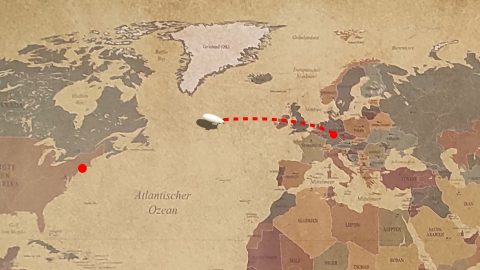Concepts and Strategies towards Energy Autonomous Mobility
Only few years ago, the concept of autonomously driving cars has been regarded as a science fiction scenario which never will leave the halls of Hollywood. But, by today, first autonomous cars are driving on our roads, thanks to rapid development of the camera and sensor technology as well as to enormous progress in artificial intelligence (AI) and machine learning (ML). But autonomous technologies should not be only understood as “autonomously driving”. Instead, the concept of autonomous mobility has to be extended towards energy autonomy.
At most promising aspect of energy autonomous mobility was recently demonstrated by our model blimp. Hans Egelhaaf and his team have equipped a zeppelin with light weight organic solar cells to power the battery storage and to explore the correlation between sun hours and energy autonomous flight duration. Christoph Pflaum and his team from the department of computational science has developed an algorigthm to calculate the optimum flight path for a solar powered blimp, maximizing sun hours and exploiting wind conditions. The FAU solar blimp is a first example that interdisciplinary innovation will be the driving force towards truly energy autonomous mobility

